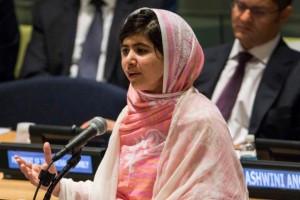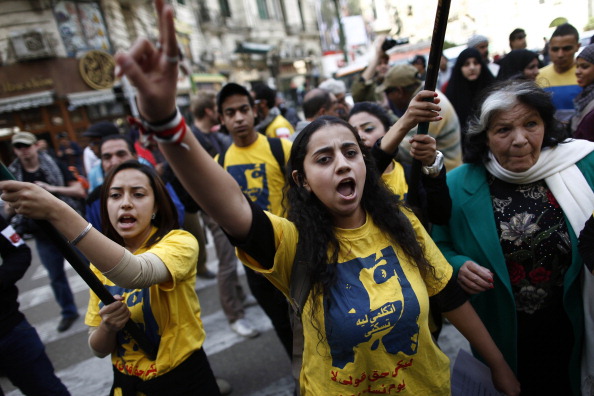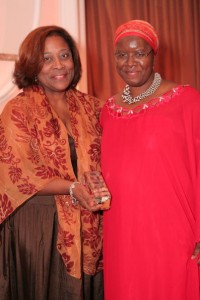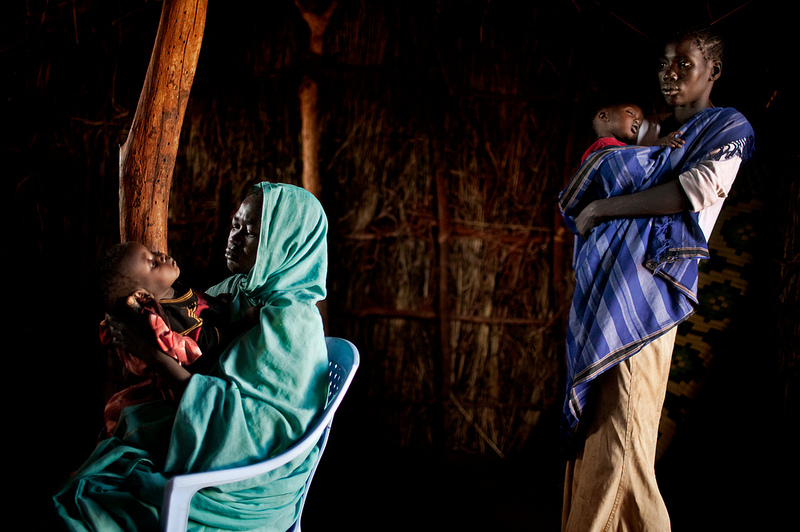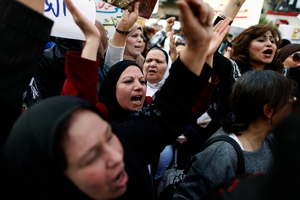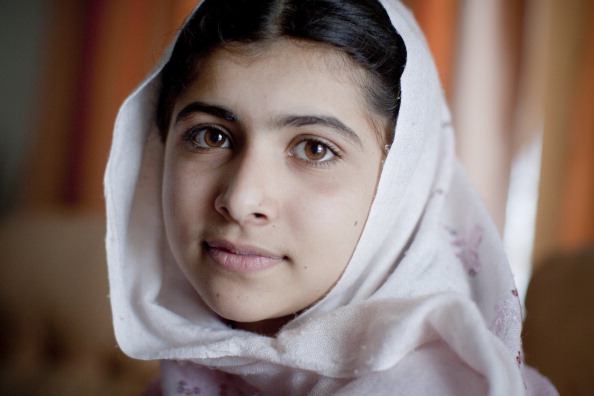
Malala Yousafzai, a 16-year-old Pakistani education and women’s rights advocate, was shot in the head and neck during an assassination attempt by a Taliban gunman on October 9, 2012. A year later, stand with Malala and take action to stop violence against women and girls (Photo by Veronique de Viguerie/Getty Images).
Tomorrow marks the one-year anniversary of the Taliban’s attempted assassination of Malala Yousafzai. Malala, then a 15-year-old girl in Pakistan, bravely stood up against the Taliban’s ban on girls’ education and was shot by Taliban gunmen hoping to scare her and others like her into silence. The Taliban’s efforts failed and Malala survived. She has refused to be silent about girls’ human right to education – and instead, has become an internationally recognized spokeswoman for it.

